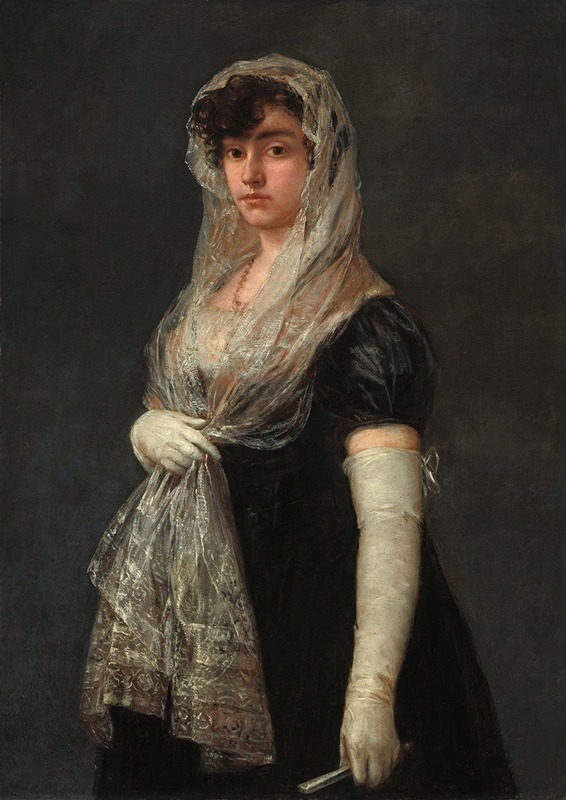
Young Lady Wearing a Mantilla and Basquina
A hand-painted replica of Francisco de Goya’s masterpiece Young Lady Wearing a Mantilla and Basquina, meticulously crafted by professional artists to capture the true essence of the original. Each piece is created with museum-quality canvas and rare mineral pigments, carefully painted by experienced artists with delicate brushstrokes and rich, layered colors to perfectly recreate the texture of the original artwork. Unlike machine-printed reproductions, this hand-painted version brings the painting to life, infused with the artist’s emotions and skill in every stroke. Whether for personal collection or home decoration, it instantly elevates the artistic atmosphere of any space.
Francisco de Goya's painting "Young Lady Wearing a Mantilla and Basquina" is a notable work from the Spanish artist, who is widely regarded as one of the most important painters of the late 18th and early 19th centuries. This particular painting is an example of Goya's portraiture, showcasing his ability to capture the essence and character of his subjects with remarkable skill and sensitivity.
The painting depicts a young woman adorned in traditional Spanish attire, specifically a mantilla and basquina. The mantilla is a lace or silk veil worn over the head and shoulders, often associated with Spanish culture and fashion. The basquina is a type of skirt or overdress, typically worn by women in Spain during this period. Goya's attention to detail in rendering the textures and patterns of the clothing highlights his mastery in portraying fabric and costume, which was a significant aspect of his portrait work.
Goya's portraits are renowned for their psychological depth and the way they convey the personality and mood of the sitter. In "Young Lady Wearing a Mantilla and Basquina," the subject's expression is serene yet enigmatic, inviting viewers to ponder her thoughts and emotions. The artist's use of light and shadow adds to the painting's dramatic effect, emphasizing the contours of the young woman's face and the delicate features that define her appearance.
This painting is part of Goya's broader body of work that often explored themes of identity, social status, and cultural tradition. During the time Goya was active, Spain was undergoing significant political and social changes, and his art frequently reflected the complexities of Spanish society. While "Young Lady Wearing a Mantilla and Basquina" does not overtly address political themes, it does capture the elegance and tradition of Spanish fashion, serving as a cultural document of its time.
Goya's career spanned several decades, during which he produced a vast array of paintings, drawings, and prints. He served as a court painter to the Spanish Crown, which afforded him the opportunity to paint numerous members of the Spanish aristocracy and royalty. His work is characterized by a transition from the Rococo style of his early career to a more expressive and sometimes darker Romantic style in his later years.
The painting is housed in the Museo del Prado in Madrid, which holds one of the most comprehensive collections of Goya's work. The museum provides an opportunity for visitors to explore the breadth of Goya's artistic achievements and to appreciate his contributions to the development of modern art.
Overall, "Young Lady Wearing a Mantilla and Basquina" exemplifies Goya's skill in portraiture and his ability to capture the cultural nuances of his time. It remains a significant piece within his oeuvre, reflecting both the artist's technical prowess and his deep engagement with the society in which he lived.





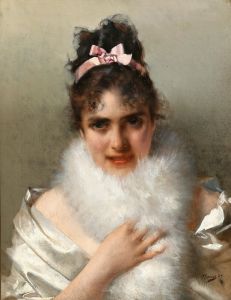
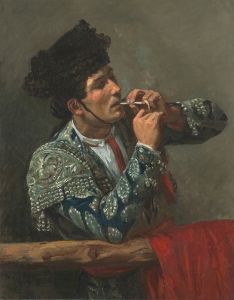

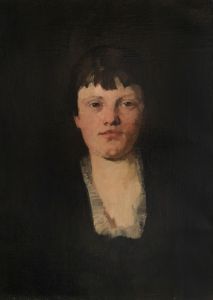
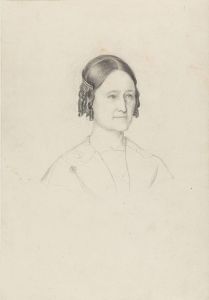
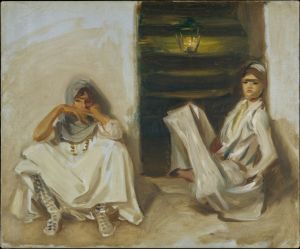
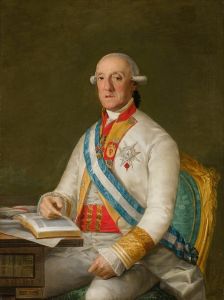

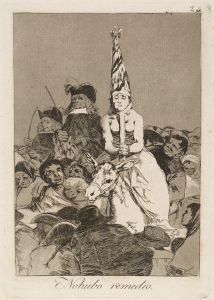
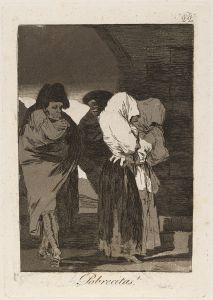

![The Claws of a Cat and the Dress of a Devotee-Similar to Vice Is Often Clothed in Virtue’s Habit [General Folly]](/imgs/264662/s/francisco-de-goya-the-claws-of-a-cat-and-the-dress-of-a-devoteesimilar-to-vice-is-often-clothed-in-virtues-habit-general-folly-3d0e1eb5.jpg)

